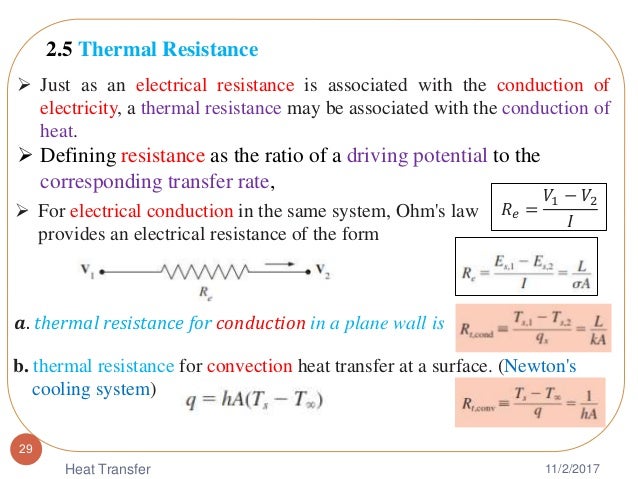Joule heating also known as resistive resistance or ohmic heating is the process by which the passage of an electric current through a conductor produces heat.
Electric resistance heating definition.
Direct electric resistance heating and.
Whenever an electric current flows through a material that has some resistance i e anything but a superconductor it creates heat.
Electric heating is a process in which electrical energy is converted to heat energy common applications include space heating cooking water heating and industrial processes.
An electric heater is an electrical device that converts an electric current into heat.
This resistive heating is the result of friction as created by microscopic phenomena such as retarding forces and collisions involving the charge carriers usually electrons.
Resistance is measured in ohms symbolized by the greek letter omega ω.
Resistance heaters produce heat by passing an electric current through a resistance a coil wire or other obstacle which impedes current and causes it to give off heat.
The generation of heat by electric conductors carrying current.
Joule s first law also known as the joule lenz law states that the power of heating generated by an electrical conductor is proportional to the product of its resistance and the square of the current.
The degree of heating for a given current is proportional to the electrical resistance of the conductor.
Resistance heating definition is heating by means of energy produced by the passing of electric current through resistance units.
There are two methods of electric resistance heating.
A special design feature of recently developed heat pumps for northern climates is the 3 piece or triple split design in which the compressor is.
Definition of electrical resistance resistance also known as ohmic resistance or electrical resistance is a measure of the opposition to current flow in an electrical circuit.
If the resistance is high a large amount of heat is generated and the material is used as a resistor rather than as a conductor.
At lower outdoor temperatures the heat pump essentially runs continuously and supplemental heat typically from electric resistance heaters must be provided to satisfy the building heating load.
The heating element inside every electric heater is an electrical resistor and works on the principle of joule heating.
When a voltage is applied across a substance there will be an.
In formal terminology the heat corresponds to the work done by the charge.
Electric resistance heating is defined as the heat produced by passing an electric current through a material that preferably has high resistance as the current passes through the material ohmic losses i 2 r losses occur these losses cause the conversion of electrical energy into heat.







